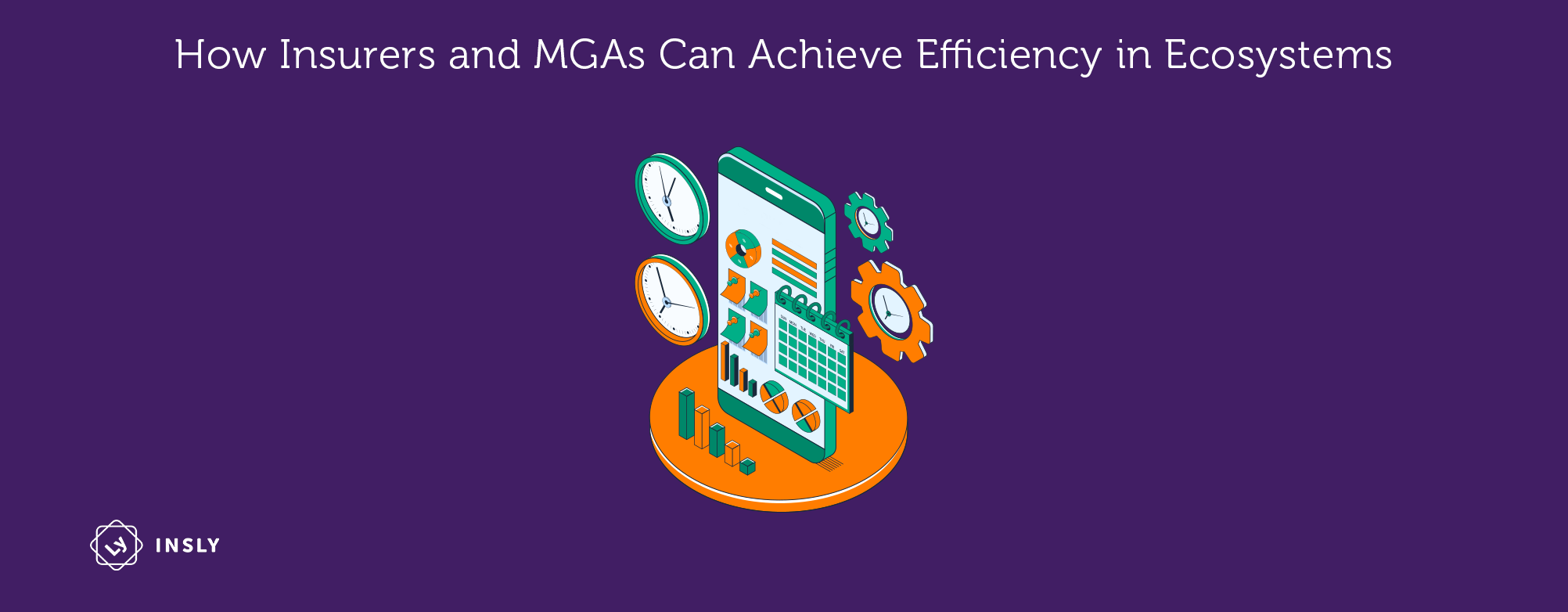[vc_row css=”.vc_custom_1617260720938{padding-right: 10% !important;padding-left: 10% !important;}”][vc_column][vc_column_text]
To participate successfully in ecosystems, insurers must often change the way they think about customers and give up industry borders. In fact, sectors like B2B services, mobility, travel and hospitality, health, and housing are expected to grow into ecosystems and add up to $60 trillion integrated network economy by 2025.
Insurers can play different roles in the ecosystem. Let’s take the personal mobility ecosystem as an example. It offers a wide range of opportunities for market players to enter new sectors like vehicle purchase and maintenance management, ride-sharing, carpooling, traffic management, vehicle connectivity, and parking. Mobility is an industry enjoying a high level of competition in the application of advanced technology for on-demand services and self-driving cars. Sharing economy is also redefining the insurance market and tearing down borders, for example, by offering novel insurance products to ride-hailing platforms in different global regions, instead of within one country. So, insurers can expand either vertically or horizontally along the value chain by creating new revenue pools and options to acquire new roles.
How Ecosystems Support Productivity
Ecosystems can open up new revenue sources. Considerable benefits may come from points along the insurance value chain, data on the customer’s habits and preferences, or the services as such. To succeed, insurers need to define their strategic goals: which parts of the value chain they focus on based on their positioning and strengths. Both of these require decisions on technological and organisational level.
Technology-related questions should address how insurers scale up their business and which tools they use.
Flexible and modular API-based IT solutions definitely fit the bill, since in a competitive landscape, the focus must be on unique value creation, instead of building complex information systems. We have wrote about new-school no-code and low-code platforms that enable quick product launches, easy integration to existing systems, excellent data oversight, and transfer of information between multiple systems – everything that is needed for a seamless end-to-end customer journey.
Most importantly, insurers need to choose the right tools that support accelerated digitalisation. This means more efficient processes from quote and bind to accounting and reporting. More and more insurers are outsourcing the development of IT systems and using external help for automating standardised tasks to raise their competitive advantage. There are several insurance software providers on the market, so even the most demanding companies will find a solution.
We don’t have to look far to find great examples. In fact, insurance market is seeing the rise of insurtech start-ups who help to solve really specific issues in the value chain. For example, Insly will soon offer DriveX’s integration for AI-assisted vehicle verification to help MGAs, brokers, and insurers to speed up casco sales and claims handling.
Organisational priorities must define the focus of partnerships, digital capabilities, and customer experience across channels.
Partnerships with innovative insurtech start-ups become more important and enable offering products that insurers couldn’t on their own. As new product evolve, increased personalisation requires higher awareness about customers, and improved risk assessment. In fact, in 2020, the importance of partnerships became significant for insurers and MGAs, with 64% of insurers and 66% of MGAs claiming that the development of partnerships will either stay on the same level or increase.
A great cross-sector story of value-added partnerships is Insly automating policy administration for our customer Parsyl. This shows excellently how tech companies from other industries can incorporate insurance into their offering and add value to customers. Parsyl operates in the shipping industry, and produces devices that sense and log cargo conditions. By making this data available to customers through web and mobile app they could improve awareness and prevent risks. A compelling cargo insurance offering for risks, such as perishable goods and medical shipments was a logical step forward.
As data management and analytics are an integral part of smart, personalised products, insurers must pay attention to implementing systems that enable seamless flow of information and an overview of customer background. Only this way will they be able to create a comprehensive experience. For example, Humn, is a marvellous example of how data-driven technologies and telematics are harnessed to improve accuracy of risk assessment, and provide fair, real-time rates in fleet insurance.
Insurers and MGAs must be next to their customers along the whole journey. As online service provision has spurred, especially during COVID-19 pandemic, companies must go fully digital. Offering online quotes is far from enough – it’s not about binding a policy, but knowing customer habits. E.g. where he likes to travel, what risks are accompanied with his favourite destination, which activities the customer likes to do in spare time, does he usually rent a car on vacation, etc. So, full integration of sales, support, claims, and reporting is a must. Actually, we wrote a useful guide on what to consider when digitalising your business and choosing insurance software. By knowing more about customers and being close to them throughout the way, insurers and MGAs can lower distribution costs, create relevant offerings, increase customer retention, and assess risks more accurately.
At Insly we have experience in digitalising and automating insurance for a variety of customers, might they need a solution for policy and sales administration, underwriting desk, or back-office tasks, such as claims or reporting. By providing insurers and MGAs with on-demand insurance software, we empower the launch of disruptive products and personal, cross-sectoral offerings. If you are thinking of expanding your business, we would be glad to help you to quickly achieve results with the right insurance software. Let’s chat – go ahead and drop us an e-mail!
[/vc_column_text][/vc_column][/vc_row]



